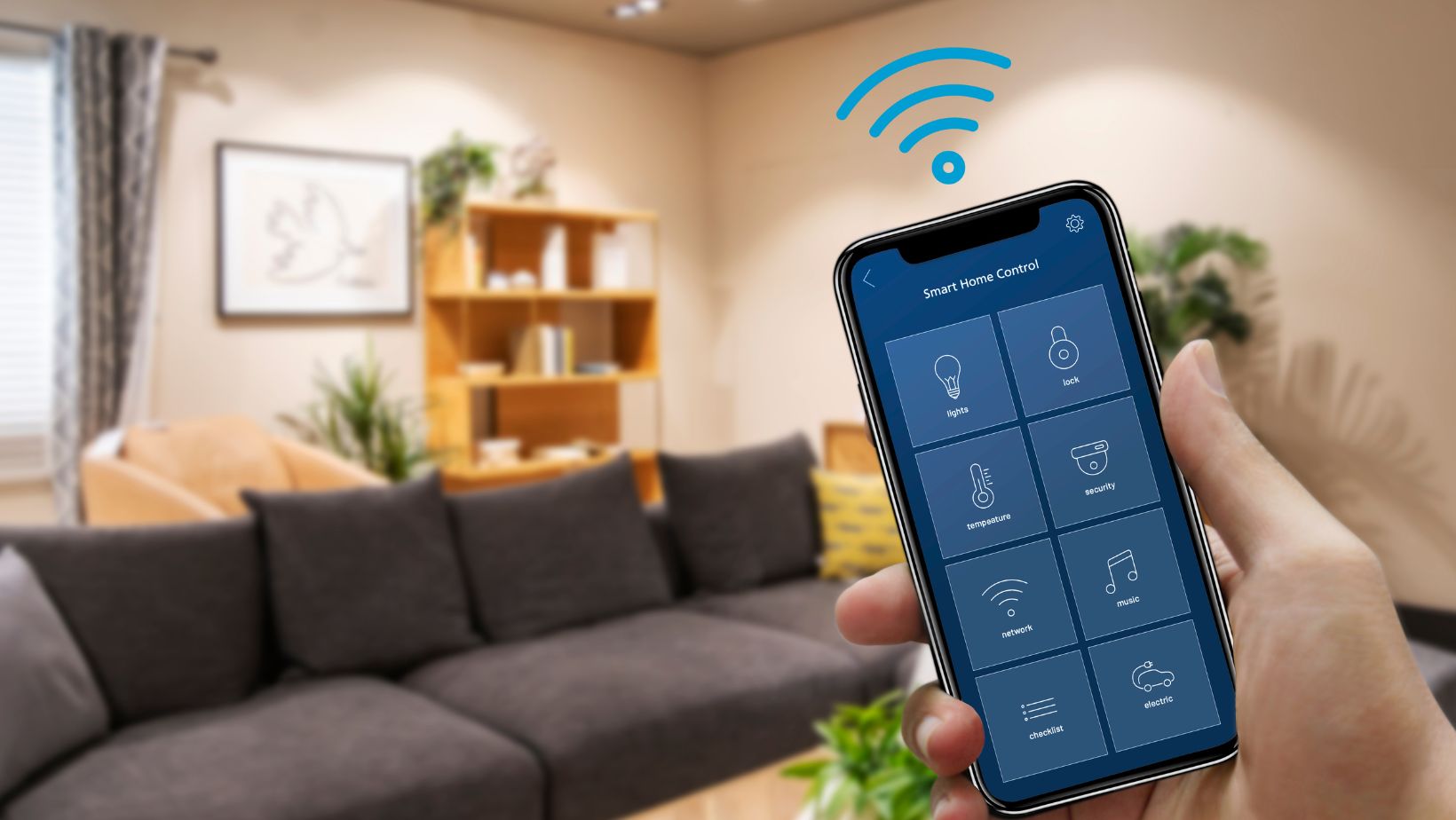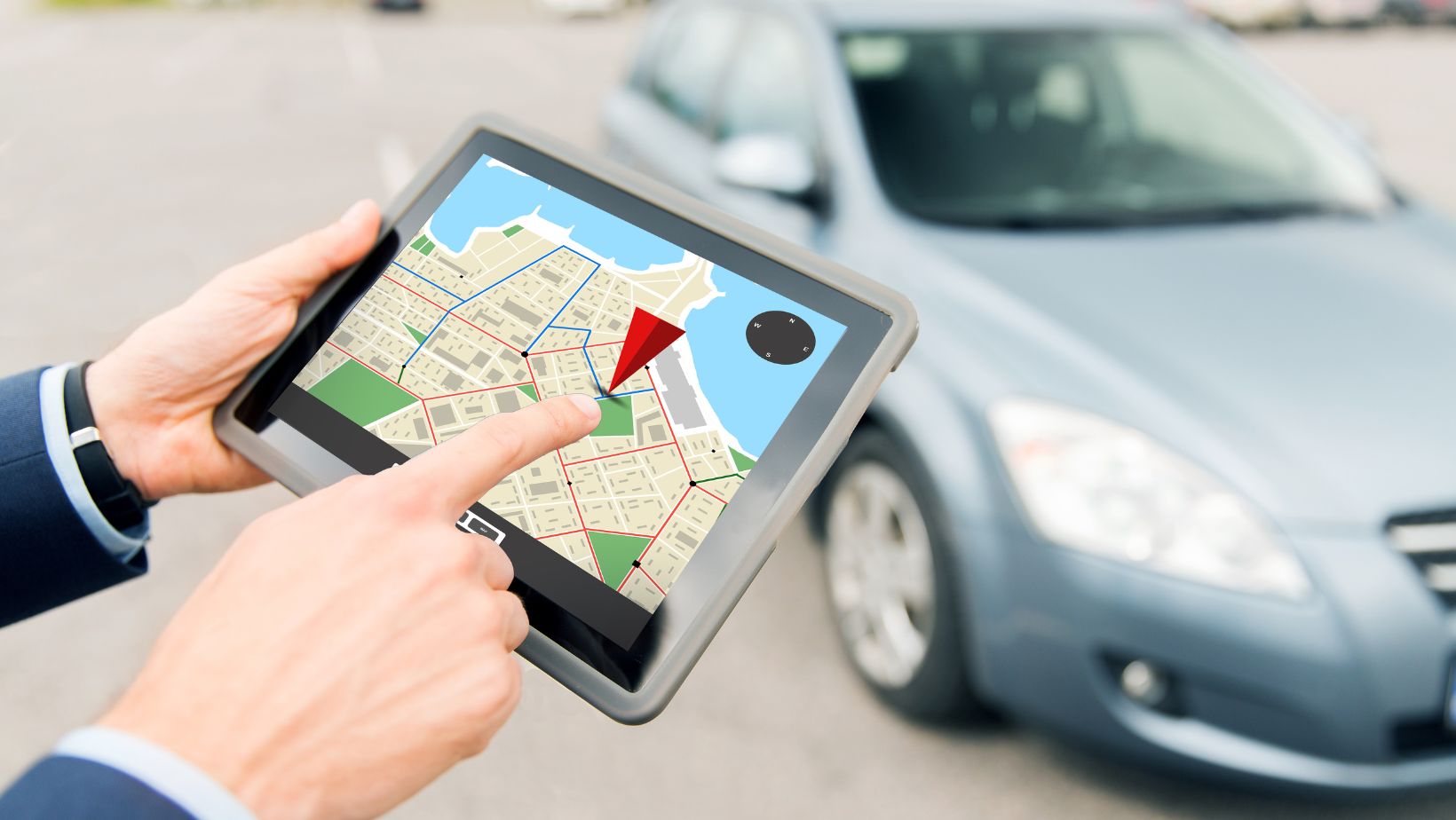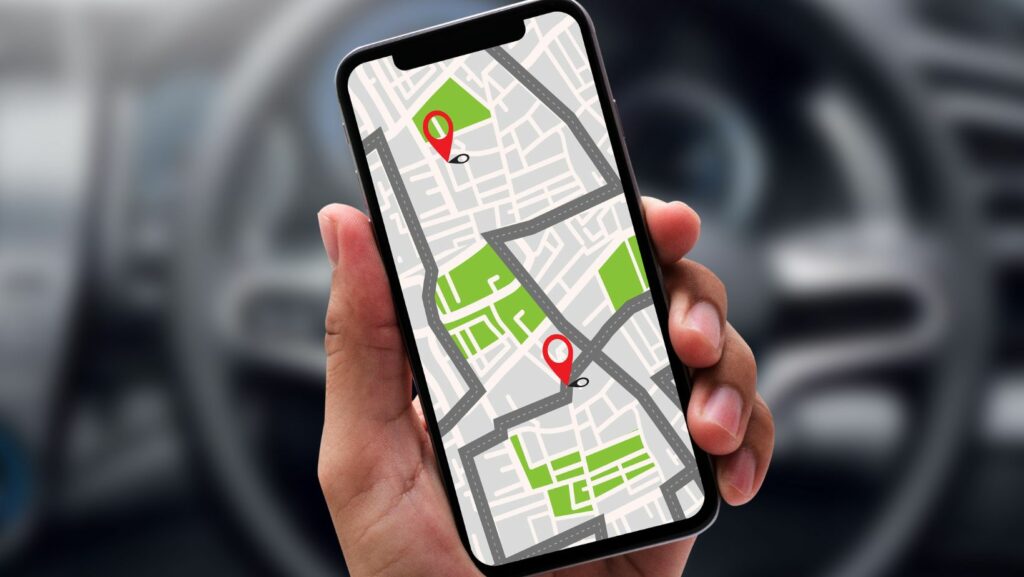Enhance your smart home’s security and convenience with GPS tracker integration. Learn setup, choose the right device, and troubleshoot common issues effectively.
Understanding GPS Tracker Technology
GPS tracker technology relies on the Global Positioning System, a network of satellites orbiting the Earth that transmit precise signals. These signals enable a GPS receiver to determine its exact location through trilateration, which involves calculating the distances to multiple satellites.
Modern GPS trackers often include additional features such as real-time tracking, geofencing, and motion detection. They can transmit data to smart home systems via Wi-Fi or cellular networks, allowing for seamless integration and remote monitoring.
Choosing the Right GPS Tracker for Your Smart Home
Integrating a GPS tracker into your smart home setup can provide advanced security, asset tracking, and peace of mind. With a myriad of options available in the market, we recommend on selecting the right GPS tracker tailored to your specific needs and preferences is crucial for maximizing its benefits within your smart home environment.
Understanding Your Needs
It’s essential to identify the primary purpose behind its implementation. Whether you aim to track valuable items, monitor family members’ movements, or enhance overall home security, clarifying your requirements will guide you toward selecting a tracker with the ideal features and functionalities.
Compatibility and Integration
Consider its compatibility with existing devices and systems within your home automation network. Opting for a tracker that seamlessly integrates with your smart home hub or mobile applications can streamline data accessibility and ensure a cohesive user experience across all connected devices.
Features and Performance
Evaluate the features and performance metrics offered by different GPS trackers to determine which aligns best with your smart home objectives.

Factors such as battery life, real-time tracking capabilities, geofencing options, and data visualization tools should be considered to ensure the chosen tracker meets your expectations in terms of reliability, accuracy, and functionality.
Setting Up Your GPS Tracker with Smart Home Systems
Integrating a GPS tracker with your smart home system can enhance automation, security, and convenience. By following these steps, you can ensure a smooth setup and seamless operation between your GPS tracker and your smart home devices.
- Select a Compatible GPS Tracker- Choose a GPS tracker that is compatible with your smart home ecosystem, such as Amazon Alexa, Google Home, or Apple HomeKit.
- Install the GPS Tracker App- Download and install the corresponding app for your GPS tracker on your smartphone. This app will be crucial for setup and configuration.
- Pair the GPS Tracker with Your Home Network- Follow the in-app instructions to connect the GPS tracker to your home Wi-Fi network. Ensure the tracker is within range and properly connected.
- Configure GPS Tracker Settings- Within the app, configure the GPS tracker settings to communicate with your smart home system. Set up location-based triggers and permissions.
- Integrate with Smart Home System- Use your smart home system’s app to add the GPS tracker as a new device. Configure it to trigger specific actions, like adjusting the thermostat, turning on lights, or unlocking doors when you approach home.
Maximizing the Benefits of GPS Integration
To maximize the benefits of integrating GPS trackers with your smart home system, focus on leveraging the device’s full suite of features to enhance security, efficiency, and convenience. Utilize geofencing to create secure zones around your home, receiving alerts when boundaries are breached.
Set up real-time tracking to monitor valuable assets and loved ones, ensuring their safety and providing peace of mind. Regularly updating your GPS tracker firmware and app ensures optimal performance and access to the latest features, enhancing the overall smart home experience.
Troubleshooting Common Integration Issues
Even with careful planning, you might encounter some challenges while integrating GPS trackers with your smart home system. Here are some common issues and effective solutions to ensure a smooth and successful integration.
Connectivity Problems
One of the most frequent issues in GPS tracker integration is connectivity. If your GPS tracker fails to connect to your smart home network, check the following:
- Wi-Fi Signal Strength: Ensure that your GPS tracker is placed within range of your Wi-Fi router. Weak signals can cause connectivity problems.
- Network Compatibility: Verify that your GPS tracker is compatible with your home network, especially if you are using dual-band routers. Some trackers may only support 2.4 GHz networks.
- Firmware and App Updates: Keep both your GPS tracker firmware and the associated app up-to-date to avoid compatibility issues.
Inaccurate Location Data
Inaccurate location data can undermine the effectiveness of your GPS tracker. To address this:
- Calibrate the Tracker: Perform calibration as instructed by the manufacturer to enhance accuracy.
- Environmental Factors: Be aware that factors such as tall buildings, heavy foliage, or adverse weather can affect GPS signals. Relocating the tracker to a clearer area can often resolve this.
- Interference: Make sure there are no devices nearby causing signal interference. Devices emitting strong electromagnetic fields can disrupt GPS signals.
Integration Failures
Sometimes, the GPS tracker and smart home system may not sync as intended. Troubleshoot this by:
- Rebooting Devices: Restart both your smart home hub and GPS tracker to refresh connections.
- Reconfigure Settings: Double-check the configuration settings in both the GPS tracker app and smart home system to ensure compatibility and correct setup.

- Consult Support: If all else fails, consult the customer support resources available for your GPS tracker and smart home system. Often, specific guidance from product experts can resolve integration issues.
Conclusion
Integrating GPS trackers with your smart home system opens up a myriad of possibilities for enhancing security, convenience, and automation. By following a systematic approach to choosing the right device and setting it up correctly, you can ensure a seamless experience. Leveraging advanced features like geofencing and real-time tracking will maximize the benefits of this integration. With proper maintenance and troubleshooting, you can enjoy a smarter and more secure home environment.


More Stories
Captivating Beauty of Beautiful:wymxcxq3ndy= Sunset: Art, Science, and Photography Tips
Understanding the Iconic logo:vyw5klg4dqq= 49ers: History and Significance
Exploring the Future of Design: Embrace the Dynamic design:vm8xj0-8qig= Menu